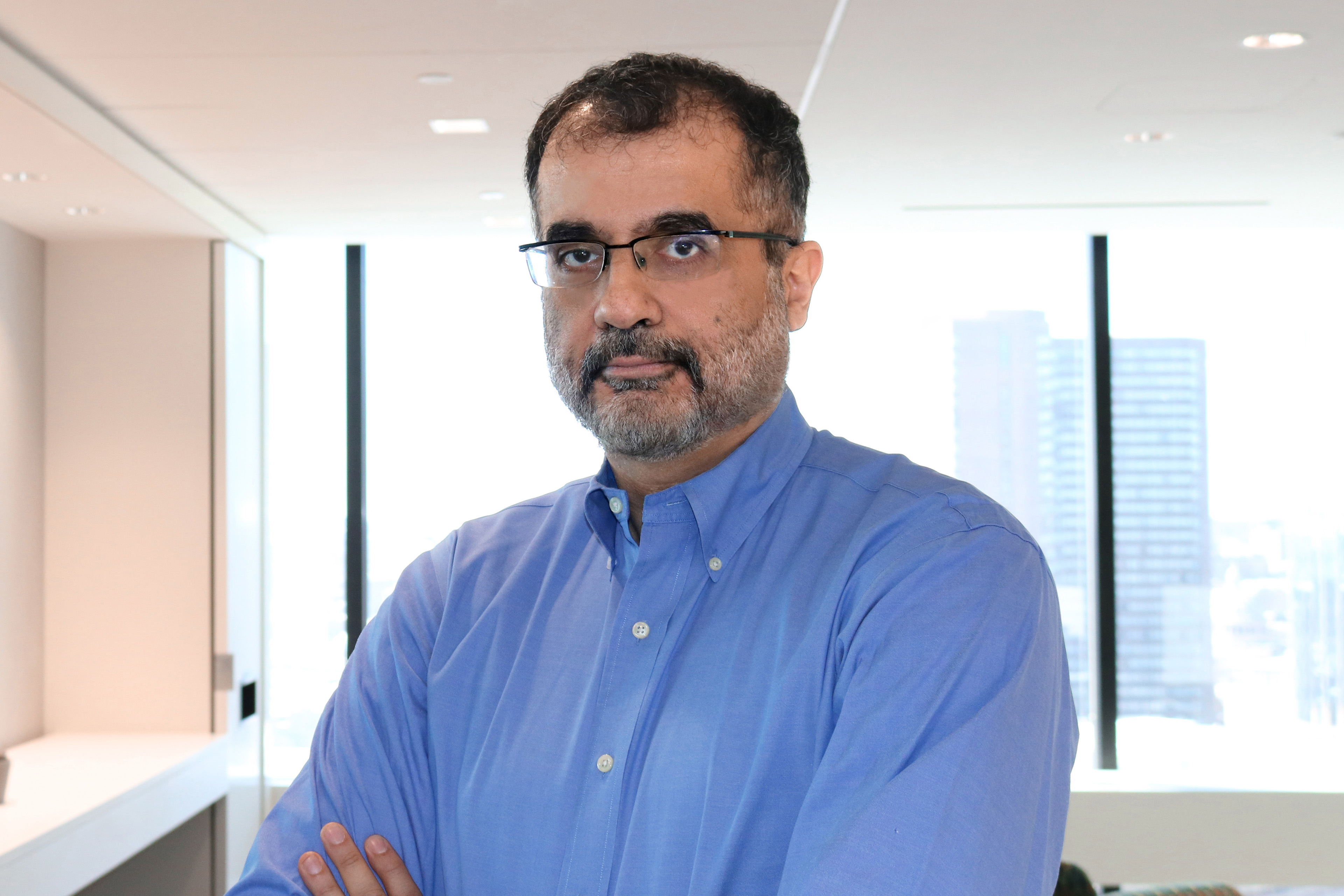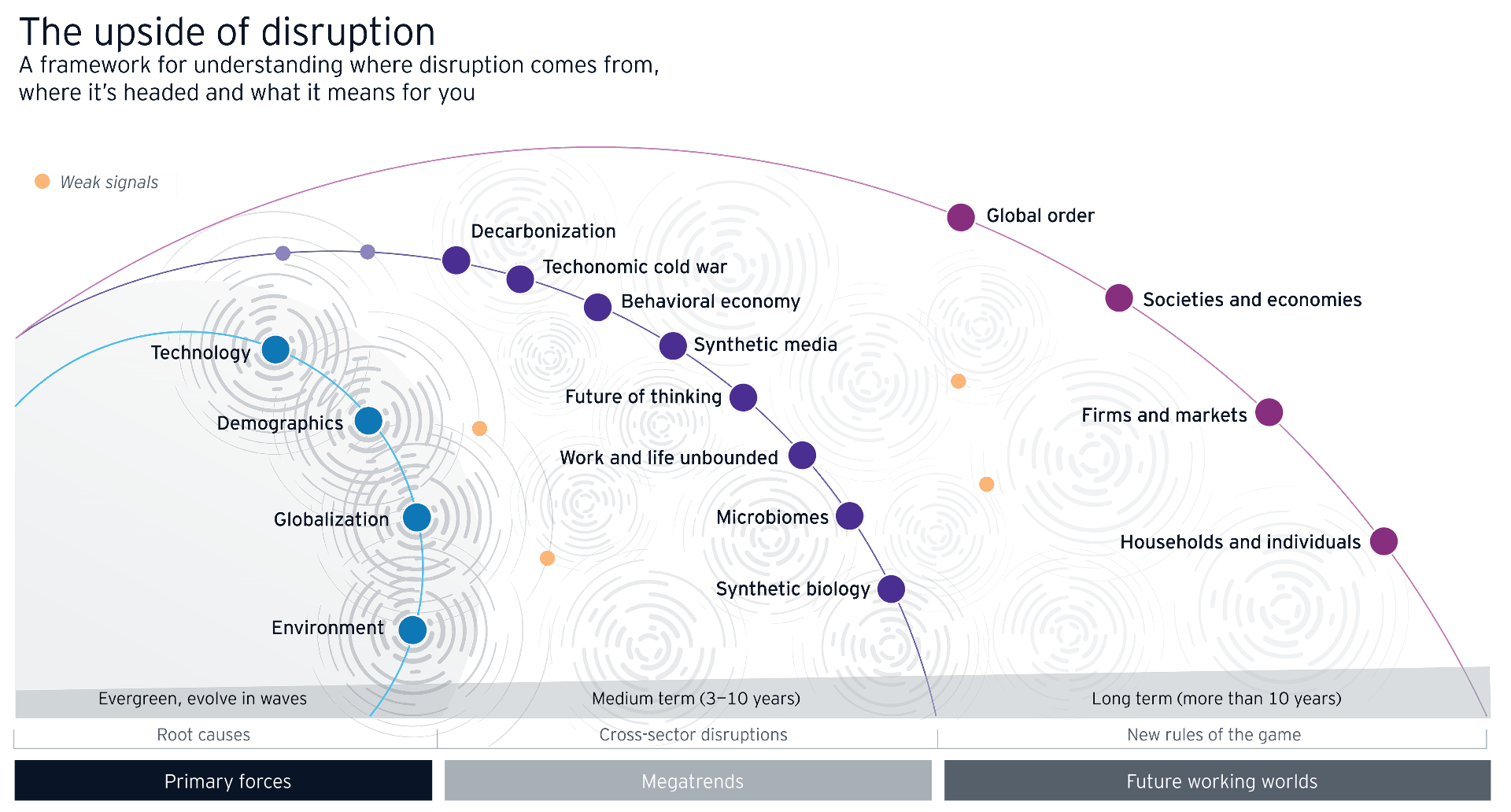EY refers to the global organization, and may refer to one or more, of the member firms of Ernst & Young Global Limited, each of which is a separate legal entity. Ernst & Young Global Limited, a UK company limited by guarantee, does not provide services to clients.
How EY can help
-
Our Strategy Consulting teams help CEOs achieve maximum value for stakeholders by designing strategies that improve profitability and long-term value.
Read more
EY Megatrends also challenge an assumption companies often make that results in major strategic risk: developing plans assuming today’s industry structure, competitors and profit pools will persist through a 5- to 10-year planning horizon. Megatrends expose teams to trends and forces far outside their usual scope of analysis, reducing the risk of “missing the next big thing.”
The EY Megatrends framework distinguishes between different types of forces, allowing you to prioritize those that are relatively near-term, while monitoring others that are further out, such as weak forces. This enables you to invest resources more efficiently, while keeping a watchful eye on trends that might require investment at a future date.
A future-back approach
Organizations will thrive in the post-pandemic world by putting humans at center, deploying technology at speed and innovating at scale. Being human-centric allows you to develop workplaces and market offerings that resonate with workers and consumers. Deploying technology faster is critical in an environment where accelerated technology adoption is reinventing everything from education to work to health care. And the better you can adopt a dual mindset to simultaneously plan for a disruptive future while delivering today, the more adept you’ll be at pivoting on the fly and getting your product to market at the scale required.
But just how do you do it? For leaders facing disruption, that’s the challenge: akin to rebuilding a Formula One car not in pit lane, but as you hurtle around the track. We’re in the middle of the greatest global disruption in modern history. Thriving in this new environment — placing humans at the center, leveraging technologies with greater speed and quickly scaling innovation — requires future-back planning. Megatrends scenarios are critical to this: formulating strategy based on how the future will be reframed will determine which companies use the pandemic to foster a renaissance — and which risk irrelevance.
This future-back method flips the script on the standard approach, which use the current state as the starting point. It’s particularly suited to disruption — and even more to the disruption of COVID-19 — which makes extrapolation based on historical trends meaningless by creating entirely new markets and ecosystems. Future-back thinking broadens the perspective of executives, helping to confront the reality of potential futures where the company could become irrelevant or the industry itself totally redefined.






